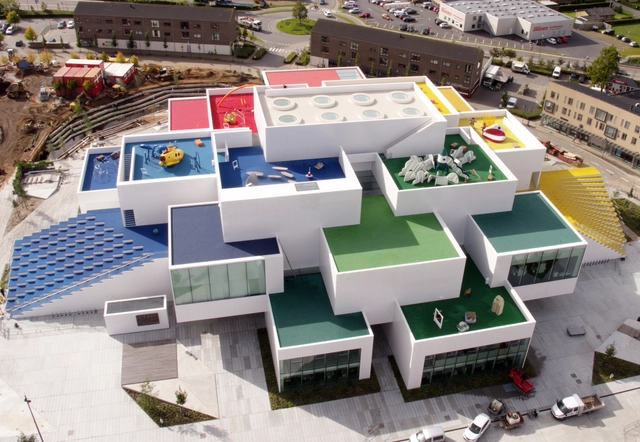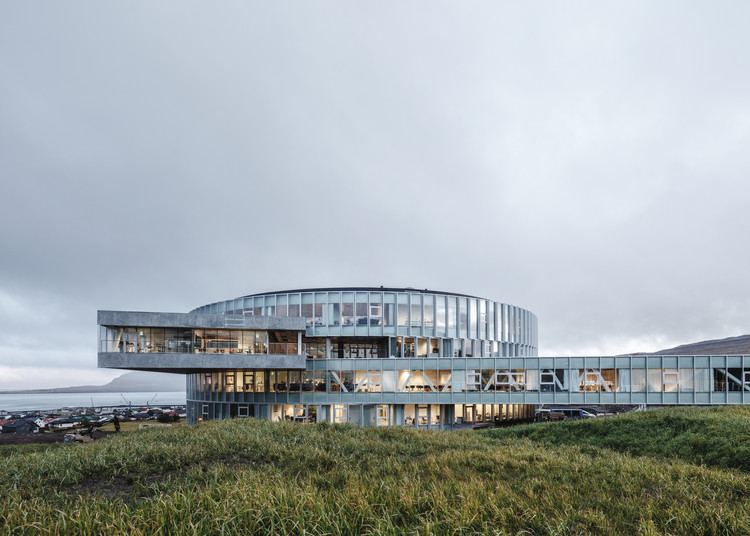
The napkin sketch has always had its place in architecture. In 2015, some of the world's more respected architects donated their very own conceptual doodles to the NewSchool of Architecture & Design and San Diego American Institute of Architecture Students (AIAS) in an effort that helped raise thousands to fund scholarships and programs for architecture students.
"The event was a big success,” said David Garcia back then, a NewSchool architecture undergraduate and fundraising chair for the AIAS event. “Personally, this project means a lot to me, and not just because of the time and involvement, but because this is a nice way to bring students and their favorite architects together, even if it's just through a sketch. Plus, since it's a fundraiser, the proceeds have been a great help to the success of the chapter.”
Take a look at all 17 napkin sketches from Bjarke Ingels, Wolf Prix, Thom Mayne, Robert Venturi, Zaha Hadid and others.








_2655.jpg?1560892327&format=webp&width=640&height=580)
_2741.jpg?1560892362)
_2541.jpg?1560892289)
_2605.jpg?1560892300)
_2763.jpg?1560892398)
_2655.jpg?1560892327)
































.jpg?1542028753&format=webp&width=640&height=580)
.jpg?1539856634&format=webp&width=640&height=580)




.jpg?1539856634)












